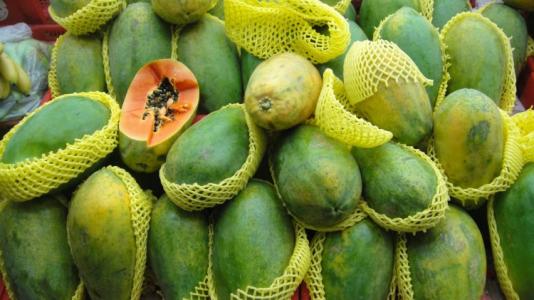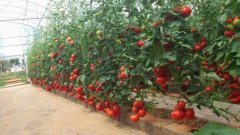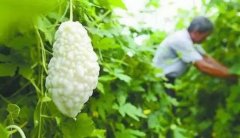Introduction of papaya varieties Hongling papaya and small fruit papaya, what is the cultivation temperature of small fruit papaya
Papaya is a kind of fruit that we can often see in our daily life, and there are many varieties of papaya. Let's take a look at some of the characteristics of Hongling papaya and small fruit papaya.
The quality requirements and classification standards of small fruit papaya fresh fruit were put forward for the first time, and the corresponding technical requirements for the whole process of harvest and postharvest treatment of small fruit papaya were put forward to guide the commercial production and market circulation of small fruit papaya.
Zhengpan papaya is known as "Lingnan good fruit", which has developed rapidly in recent years, especially the small fruit red flesh papaya has become the main variety. However, according to the current production situation, there are few orchards with large-scale commercial production, and most of the orchards fail to organize production and management in accordance with food safety standards, and the planting efficiency is low. In order to enhance the competitiveness of papaya in domestic and foreign markets and ensure its sustainable and healthy development, it is necessary to establish and improve the standard system of quality standards and production technical regulations of papaya products.
Using red flesh small fruit papaya variety 'Meizhonghong' as explant, the induction of somatic embryo and the process of somatic embryo formation were studied by using immature embryos of different maturity, different concentrations of 2 ~ 4 ~ 4 ~ D and culture conditions. the results showed that the callus of papaya immature embryos with white cotyledons and inner and outer seed coat (90 ~ 120d) was the best in the medium containing 10mg L ^-12,4 ~ D and under dark conditions. The callus induction rate increased with the increase of 2 ran D concentration. Papaya callus first occurred at the lower end of the radicle, and somatic embryos mostly occurred at the upper end of the germ.
The optimum growth temperature of small fruit papaya was 22: 25 ℃, the growth was stagnant at 10 ℃, chilling injury occurred in young tissue at 5 ℃, and freezing injury occurred in leaves at 0 ℃.

- Prev

Characteristics of High hardness Powder Fruit large Tomato Variety Xianke Line, Xianke 360Bue 6 / 5 / 1 Tomato
There are many varieties of tomatoes. Which ones do you know? If you know the tomatoes of the Xianke series, let's take a look at the four kinds of tomatoes of the Xianke series. Xianke 360: anti-TYLCV and anti-line newly developed by and started to demonstrate and promote
- Next

White balsam pear varieties: Baiyu balsam pear and apple balsam pear introduction, Baiyu balsam pear can be eaten raw
Balsam pear is a kind of vegetable with high nutritional value, it has a good effect on the control of diabetes, sometimes the result of balsam pear is less. Its taste is a little bitter, but there is a variety of balsam pear, the taste is not bitter, what kind of variety is this? Balsam pear
Related
- The first cup of black tea in spring, the flavor and history of tea gardens in Kenya, Africa
- The computer can not only choose potatoes, but also grow tea rice. AI will grow winter oolong tea champion.
- It is not only the inflated tea bitten by insects, but also engraved with the four seasons tea in Beipu.
- The Oriental Beauty Tea Festival in Zhuxian County takes the stage at the weekend to experience the plus-size feast of oil tea.
- & quot; Oriental Beauty Tea & Exploration of Emei in Hsinchu, the hometown of quot;
- The new variety of strawberry "Tainong 1" dessert is the first choice with mellow aroma. Crimson gorgeous
- History of Tea in Taiwan: from Wild Inner Mountain to Export Tea Garden
- Two types of Taiwan Oriental Beauty Black Tea won the British three-Star Award for Childhood Tea Xiang Zhang Jiaqi changed from pilot to champion tea maker.
- Banana species and varieties: the planting history of Taiwan Xianren banana and dwarf banana is long, is banana disease resistant?
- Coffee planting Technology: Qianjie Coffee from Seedling to harvesting

